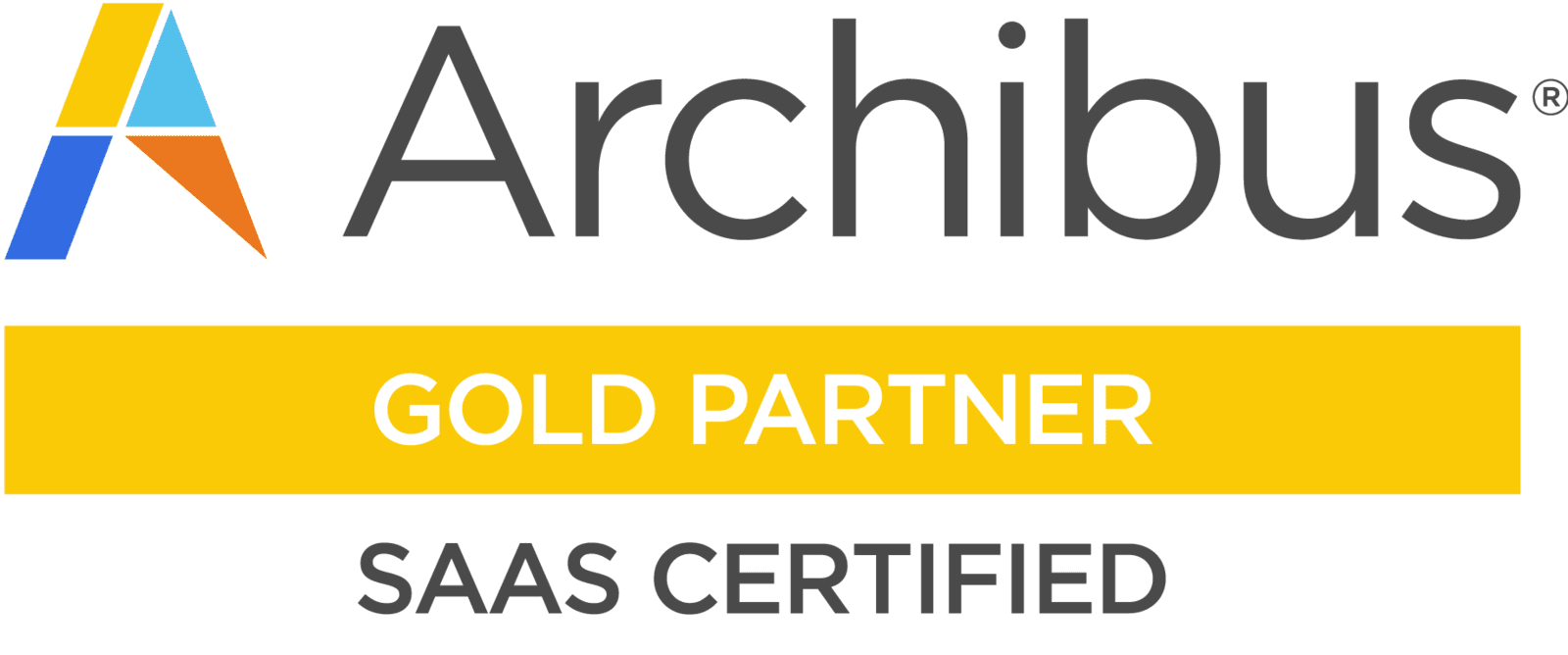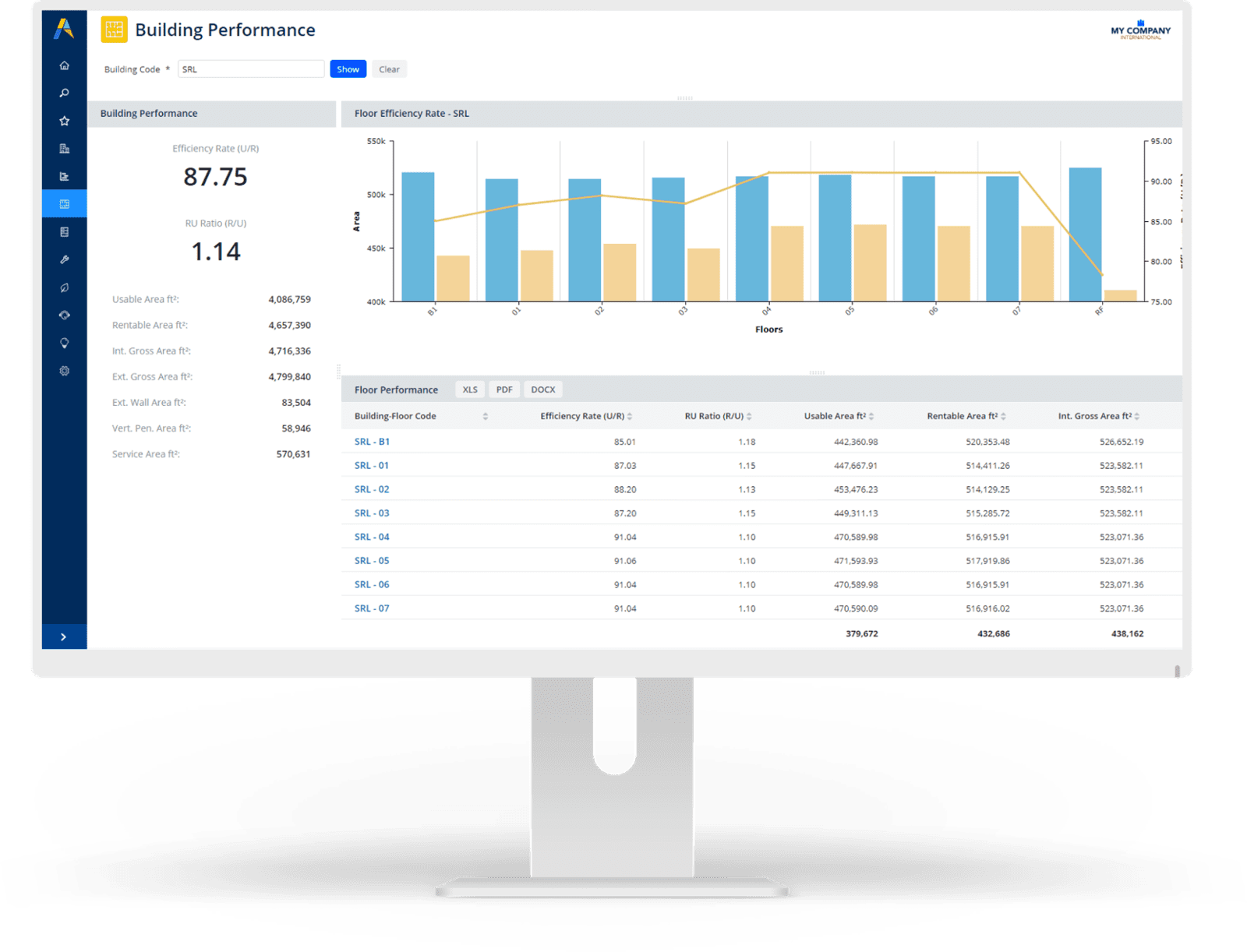Real Estate and Lease Management is one practical use of IWMS software. The software is used to help manage the real estate assets of the company and includes elements such as leasing agreements, planning, and proposals, property management, and tax management.
IWMS software can also help facilitate an organization’s space management optimization.
By Aleks Sheynkman
Director of Engineering
SpaceIQ
Implementation Planning of IWMS Software
The implementation planning of IWMS Software should include a defined direction and strategic goal of the business. The planning phase should also include an objective analysis of the current methods and systems of the facility and the required resources that are needed to achieve the best results from IWMS Software.
The plan is beneficial in providing a clear understanding of the project management and systems and their overall goals. It can also help the business steer clear of repeating responsibilities and tasks and provides the foundation for a focused implementation strategy. The implementation planning of the IWMS software will ultimately increase the functionality of the system being used and process productivity.
Phase 1 of the planning process includes a preliminary assessment and analysis of the resources that will be needed. Resources include data requirements, training requirements that will be needed for the new software, and the data access and flow. Next, a system design and standards system will be developed, and then the software installation and data development, integration, and report production will begin followed by training for the users that will be utilizing and managing the IWMS software.
Finally, a technical support team should be set in place for review and evaluation of the IWMS software and maintain system enhancements while following through on any additional training that may be needed to increase the effectiveness of the integrated workplace management system software.
Another benefit of the planning process is the chance to determine priorities concerning the level of information system and data that will be needed. All of the facilities’ current systems and data sources should be reviewed so that additional areas that will benefit from improvement with the IWMS software can be located and integrated with the management system. Users will need training on the functionality of the new management system, and end-users may require additional training on these services.
CAFM Software Versus IWMS Software
CAFM is more of a space planning tool that can monitor space utilization and asset management within a facility. IWMS software supports all of the elements of facilities management. If your business is just looking to find ways to optimize space and plan and execute the use of the space and track preventative maintenance, then CAFM software may be sufficient enough.
However, if you are looking for software management that will cover a variety of other platforms and enable the facility to monitor everything with just one system, then IWMS software is the ideal solution. IWMS software offers the facility space management features as well as the technology and tools to monitor every other aspect of the facility including energy, construction, management, lease management, and project management.
An IWMS software solution is a convenient and straightforward way to track and manage every element of the facility and business with the use of a single facility management system and is easy to use and flexible enough to adapt to the growing and changing needs of the business. While there is nothing wrong with computer aided facilities management software, your business may require a bit more which is where IWMS software steps in to offer a way to track and manage workplace management more effectively.



